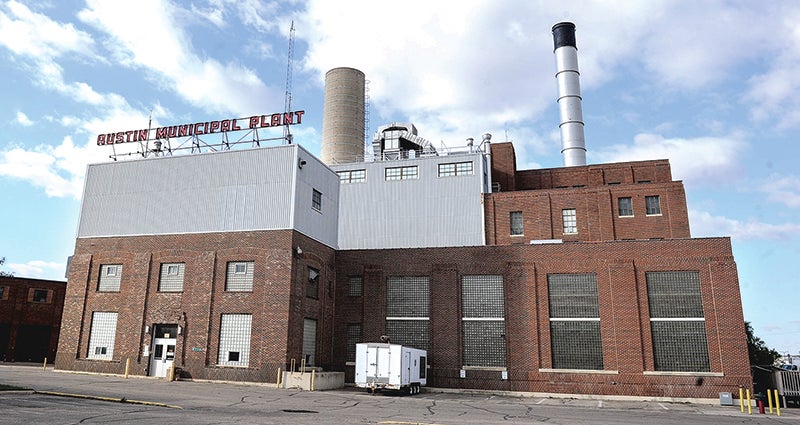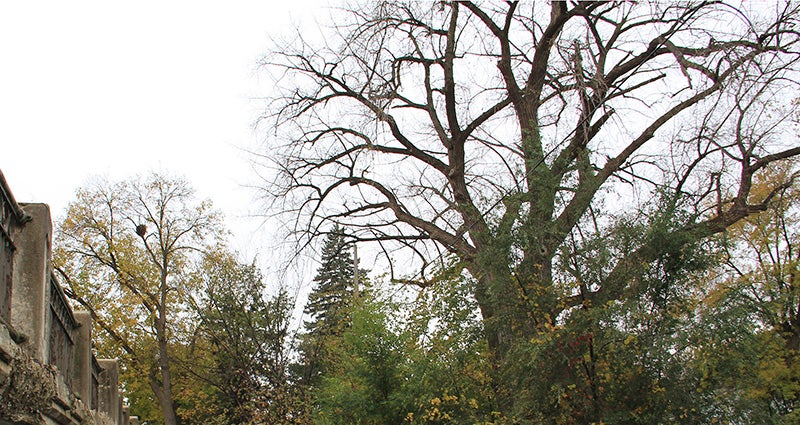Council sticks with 9 percent levy hike; Move would mean $30 to $40 a year for an average home’s taxes in 2017
Published 10:40 am Wednesday, September 7, 2016
The Austin City Council voted during its Monday work session to approve a 9 percent maximum levy increase for its 2017 budget, which could mean an additional $30 to $40 a year for an average home’s taxes.
After discussing the budget in August, the council revisited the issue and discussed a request from Vision 2020 to increase its appropriation from $22,000 to $30,000, which the council voted down largely because members felt its request for marketing and tourism promotion is already being done by various groups in town.
Employee costs are a driving factor in setting the 2017 budget. Director of Administrative Services Tom Dankert said the goal was to keep city services the same in 2017 as in ’16. That made for the 9 percent increase, which will increase the levy by $441,000 to about $5.3 million. Much of 2017’s increase — about 7 percent, according to Dankert — is coming from a roughly 3 percent raise for staff.
“Most of that 9 percent increase is going toward wages,” he said.
Dankert noted the city won’t feel the full 9 percent tax increase. Traditionally, new construction and growth accounts for 2 to 3 percent of the annual tax levy increase, so Dankert estimated the net effect of the 9 percent increase would be closer to a 6 or 7 percent.
However, that could change over time as the Austin Housing Initiative aims to give new residential properties a five-year tax abatement.
City Administrator Craig Clark spoke about how Austin’s levy differs from a community like Anoka’s. While Anoka is proposing a 3.8 percent levy increase, that would make for a $407,580 increase — almost as much as Austin’s $441,000 at 9 percent.
“The percentages don’t tell the full story,” Clark said, adding Austin is doing well compared to many towns.
In Austin, one percent in a levy increase equals about $49,000, according to Dankert
Council member Janet Anderson and Dankert noted the state is still in the bottom 10 of about 290 cities with a low tax levy per capita. However, Dankert noted Austin has many low-value homes, so Austin has a low tax rate per capita but also a low value community, which Dankert said can make it hard to raise those taxes.
The city is set to receive about $7.9 million in local government aid in 2017.
The council previously voted to convert the Austin Fire Department’s administrative assistant from 20 to 40 hours a week, which will cost $35,000. That will be paid by reducing the city’s contingency budget from $150,000 to $115,0000 for 2017.
The administrative assistant currently splits time between the fire department and public works, but the change will mean public works will hire a part-time employee.
The council discussed adding a full-time building maintenance worker to oversee building maintenance at all city buildings, but council members favor adding the position either in 2018.
The council previously voted to allocate the same amount of money to outside agencies in 2017 as it did in 2016, with the exception of removing a one-time allocation to the Mower County Historical Society in ’16. The Austin Area Commission for the Arts had asked for $25,000 in support, but the council opted against it.
The maximum 2017 levy still needs to be voted on at the Sept. 19 council meeting.




